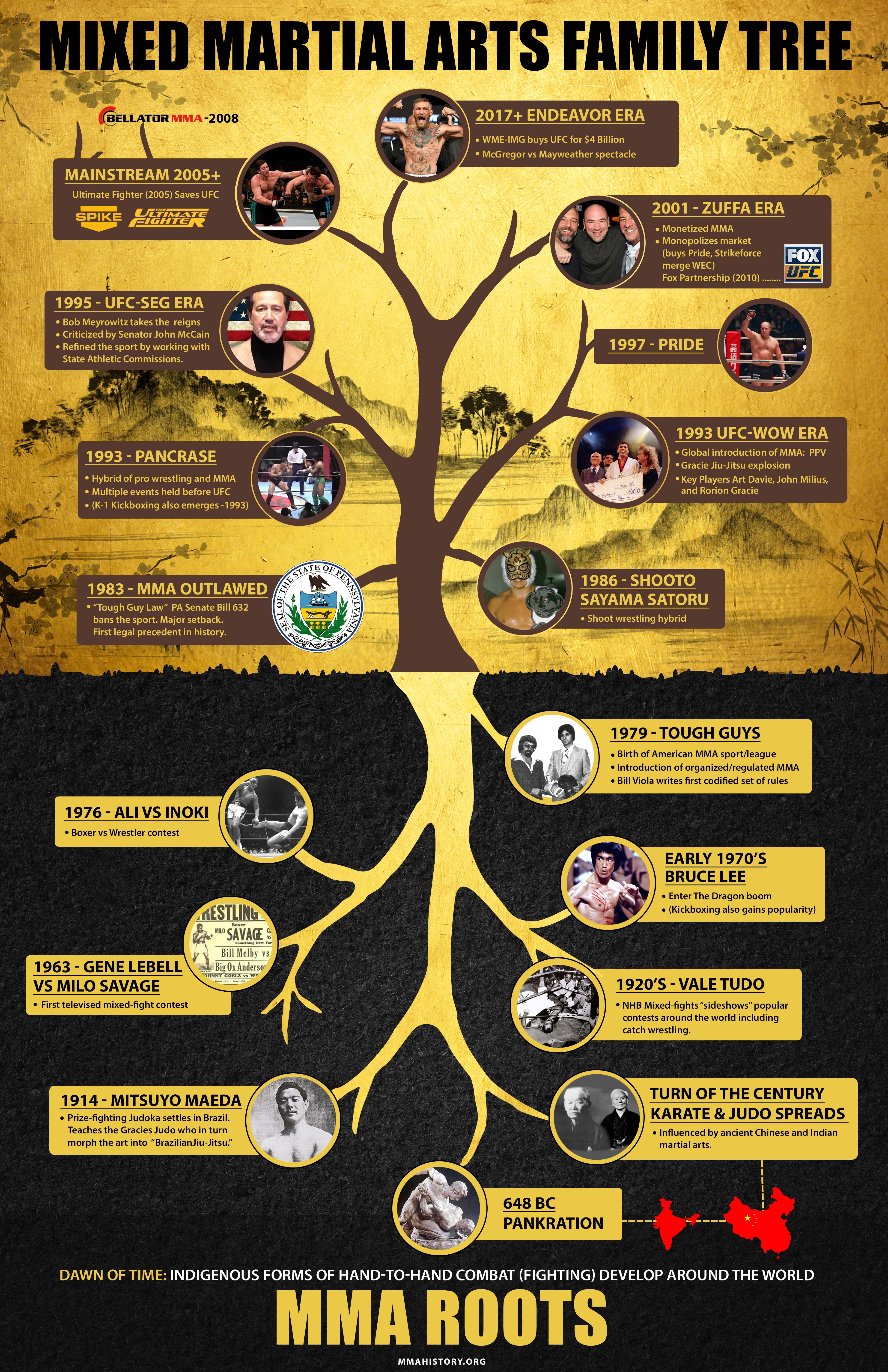Introducing The Range Of Martial Arts Disciplines: An Overview From Karate To Taekwondo
Introducing The Range Of Martial Arts Disciplines: An Overview From Karate To Taekwondo
Blog Article
Write-Up By-Magnussen Haastrup
Are you tired of sensation bewildered by the vast world of martial arts? With so many designs to select from, it can be very easy to obtain shed in a sea of strikes, kicks, and mystical names. Yet fear not!
This discussion will demystify the different fighting styles designs, taking you on a journey from the powerful strikes of Martial arts to the vibrant kicks of Taekwondo. Get ready to discover the origins, strategies, and ideologies behind these ancient art types.
So, tighten your belt and prepare to embark on an informing expedition into the fascinating globe of martial arts.
Beginnings of Martial Arts Styles
The beginnings of martial arts styles can be traced back to ancient worlds and their requirement for self-defense and combat strategies. Throughout history, various cultures established their own special approaches of combating, each with its own set of strategies and approaches.
In China, for example, martial arts designs such as Kung Fu and Tai Chi were created as a way of self-defense and improving physical and mental wellness.
In Japan, the samurai warriors created designs like Martial arts and Judo, concentrating on self-control, precision, and mastery of the body.
In a similar way, in Korea, Taekwondo emerged as a fighting style highlighting high kicks, quick motions, and mental stamina.
These very early worlds laid the foundation for the varied variety of fighting styles designs that exist today, each with its very own rich background and cultural relevance.
Methods and Training Techniques
To master fighting styles styles, practitioners must find out different techniques and training techniques.
benefits of martial arts for adults are the specific activities and activities made use of in combat, such as punches, kicks, tosses, and blocks. Different fighting styles styles have their own distinct set of strategies that practitioners have to understand with rigorous training.
Discover More Here vary depending on the design, however they usually include a mix of physical conditioning, drills, competing, and types.
Physical fitness is critical to build stamina, adaptability, and endurance. Drills aid experts fine-tune their techniques and enhance their speed and precision.
Competing allows professionals to exercise their methods in a regulated, realistic setting. Forms, also known as kata, are prearranged series of motions that help professionals develop muscle mass memory and focus.
Approaches and Principles
Discovering the viewpoints and principles of martial arts styles can give you with a deeper understanding of your picked technique. Each fighting style has its very own special viewpoint and collection of directing principles that shape the way it's exercised.
For instance, Karate highlights self-control, respect, and self-constraint. It teaches experts to concentrate their body and minds, allowing them to safeguard themselves while keeping a feeling of internal tranquility.
On the other hand, Taekwondo positions a strong emphasis on rate, dexterity, and versatility. Its principles are rooted in the tenets of politeness, integrity, determination, self-control, and resolute spirit.
Conclusion
Now that you've checked out the origins, strategies, and ideologies of various fighting styles styles, you have a much deeper understanding of these old disciplines.
Picture a young karate trainee, exercising with steadfast resolution and focus, appearing boards with an effective punch.
Their journey showcases the devotion and stamina needed to grasp a martial art, advising us that with discipline and perseverance, anything is feasible.
